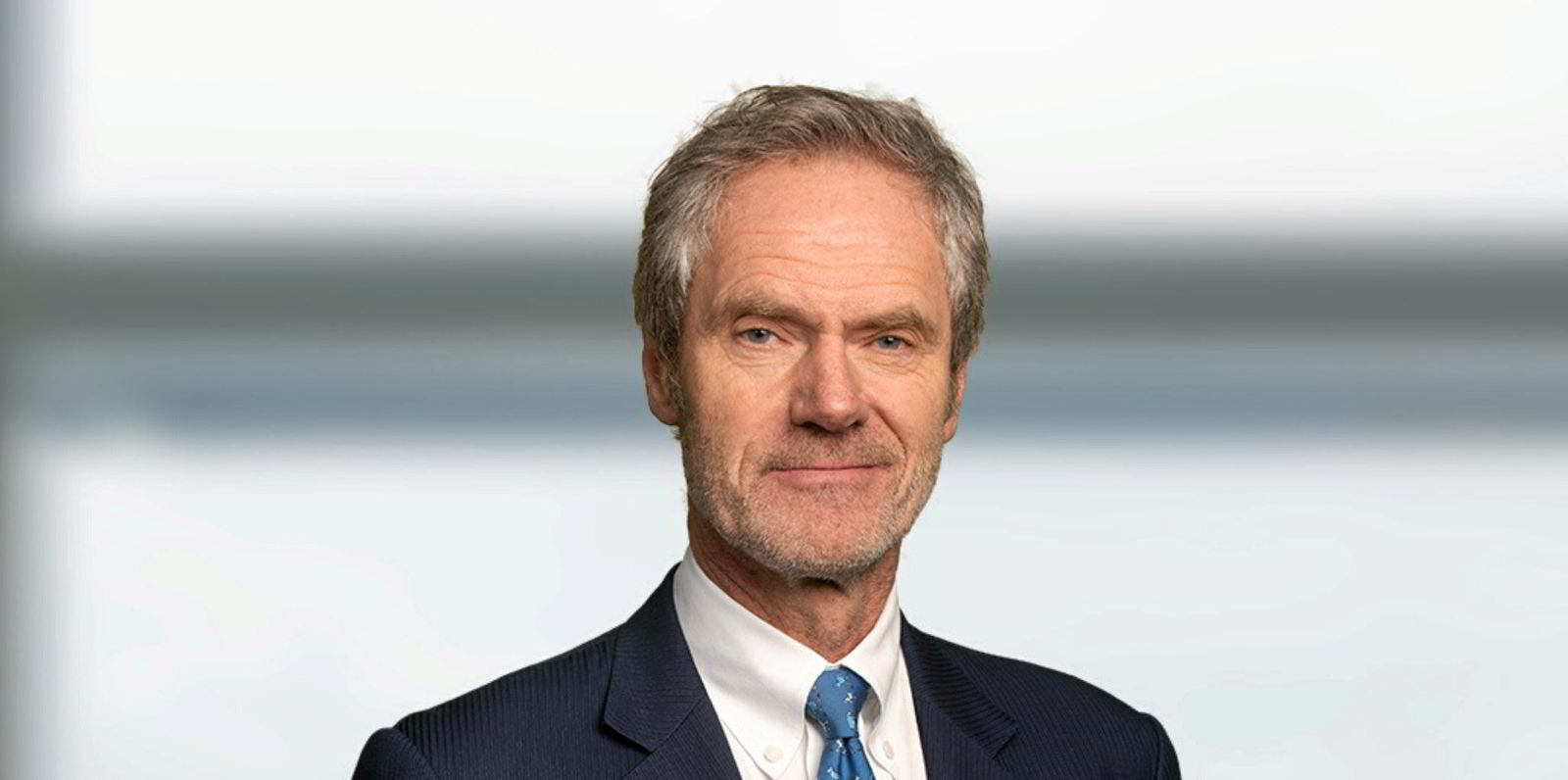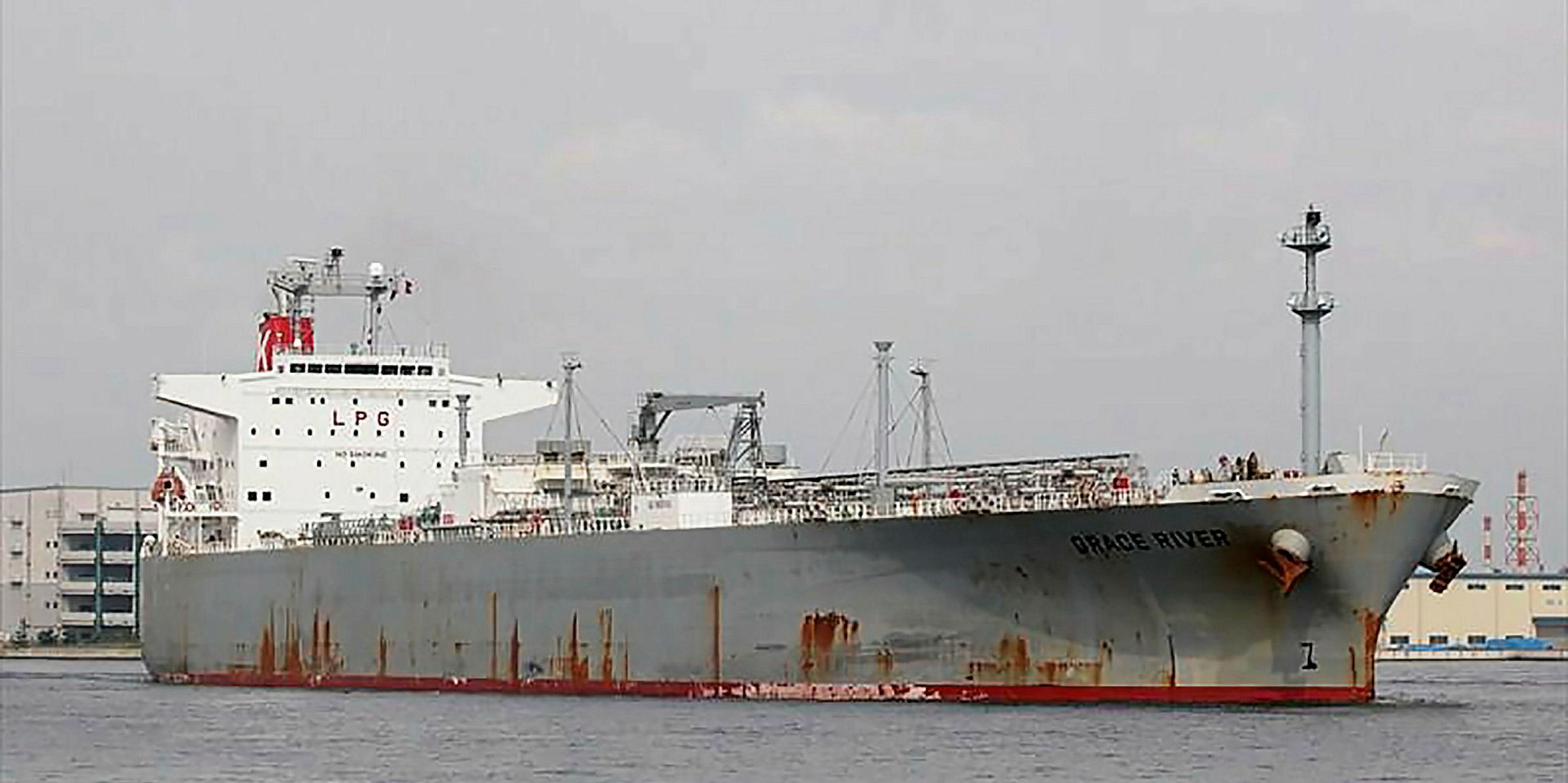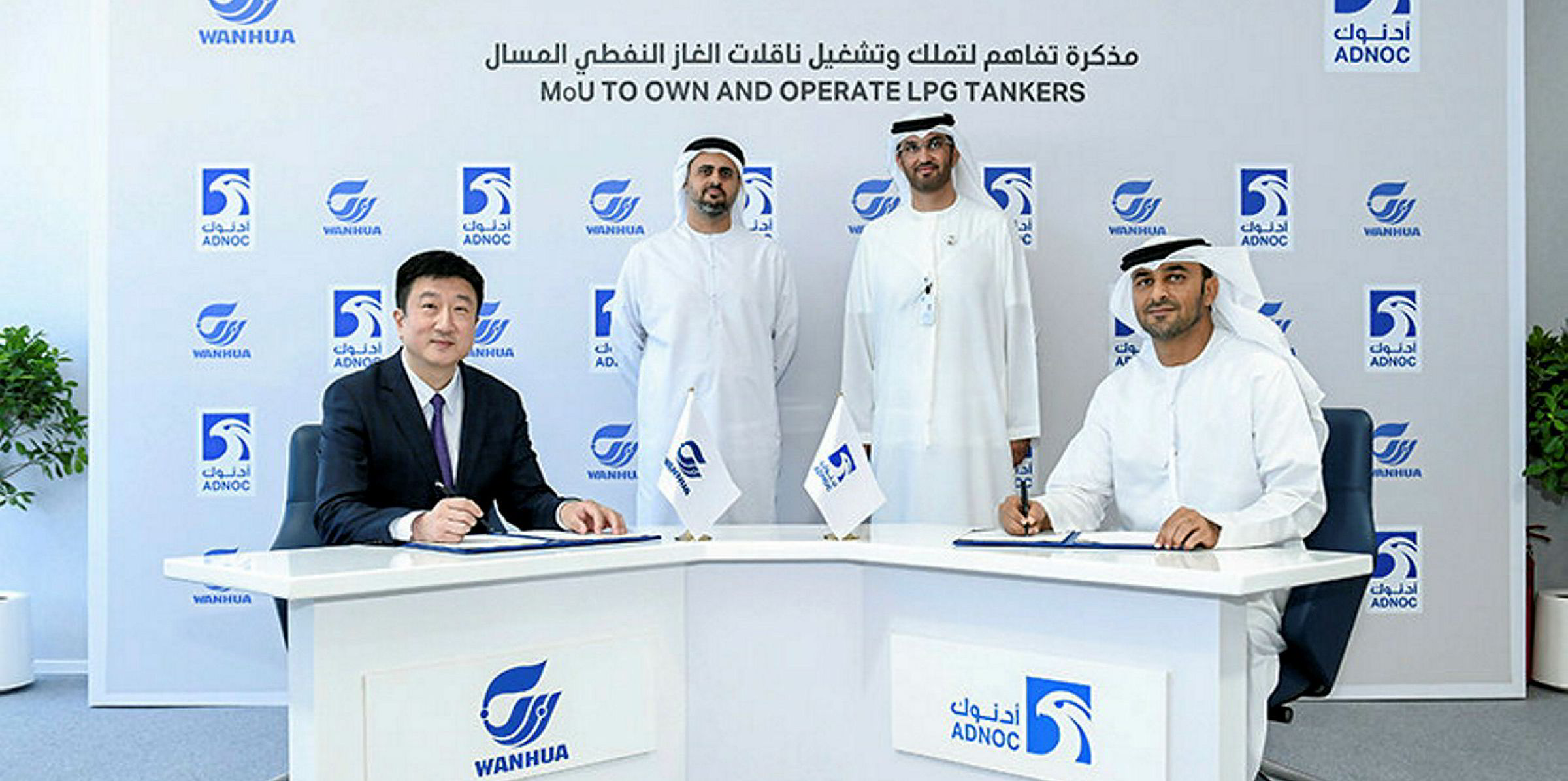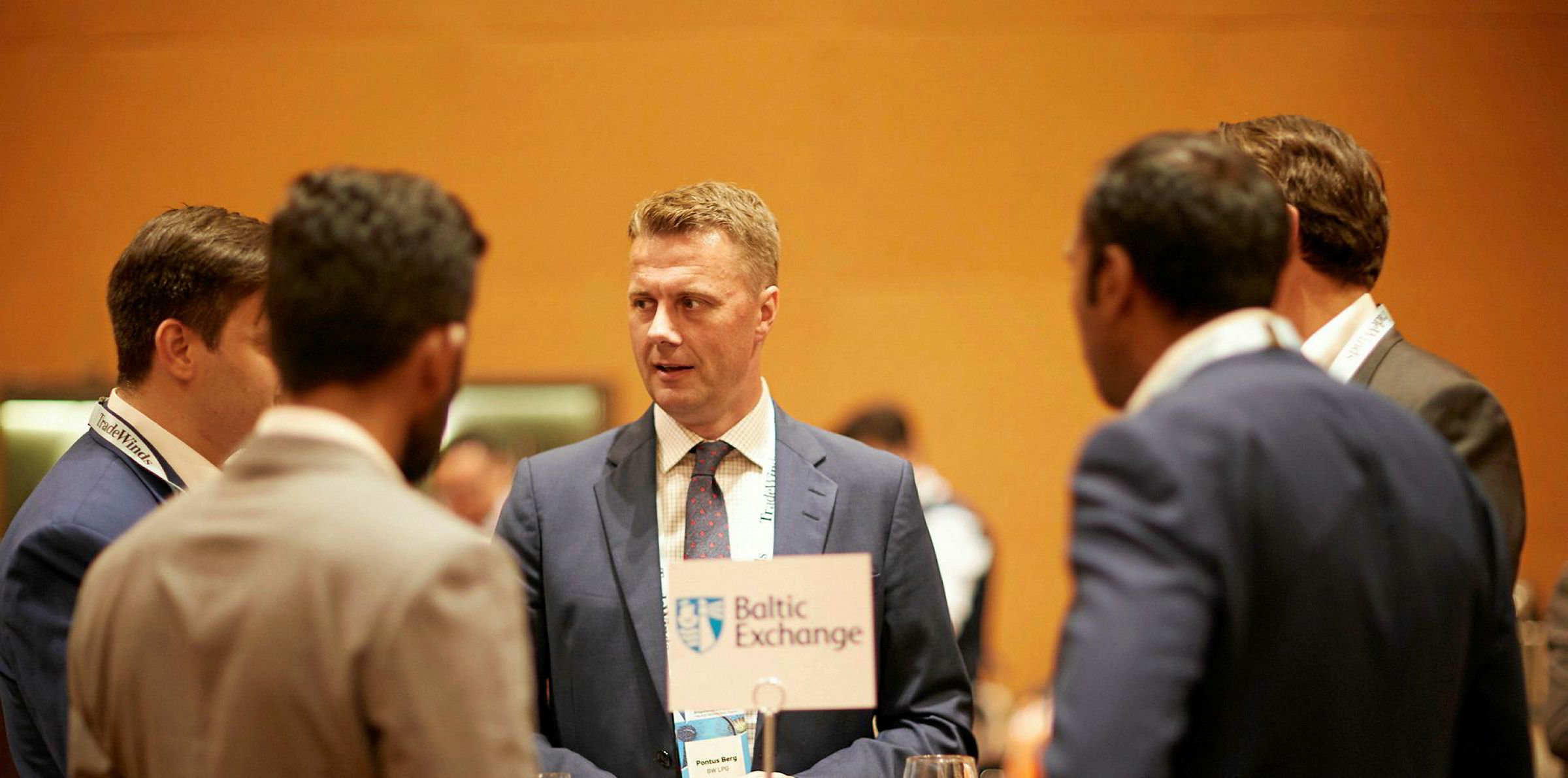Singapore owner BW LPG could expand its operations in India in hot VLGC markets.
The company has upgraded its outlook for 2021, partly due to a heavy dry-dock schedule for the world fleet and Panama Canal delays, as VLGCs enjoy spot rates of above $50,000 per day.
Chief executive Anders Onarheim told TradeWinds: "The market has held up quite well now for a period of time.
"We're still seeing the effect of Covid, we're still having a daily struggle, but we shouldn't complain, I think our market has been quite good compared to other sectors."
The CEO said that vessels are now beginning to be fixed into early January.
"So far it's looking pretty good, but we're still dependent on continued good production in the US," Onarheim added.
Balancing spot and period cover
The company now has about 15% of the fleet on time charters, but this will rise to around 25% next year.
Asked whether the latter figure is the preferred balance, the CEO said: "We try to always take at least an active stance on how we approach the market. That's a good balance."
He added: "Given that we have a slightly more optimistic view of the market we will be careful not to fix too much. Our shareholders expect us to play the market a little bit."
Some of the time charters involve India business, about which Onarheim is bullish.
"We like that market a lot," the boss said. "We think that is a market that has an opportunity to grow and having a presence there is very important," he said.
The joint venture in India with Global United Shipping India still only has three vessels, but Onarheim added: "Obviously that's something we think about going forward, whether we increase our presence also that way."
Cargo record
The world's first retrofitted dual-fuel VLGC, the 84,195-cbm BW Gemini (built 2015), is currently heading from Asia to the US to load in Texas.
BW LPG said the ship is due to load the biggest LPG cargo ever — 49,000 tonnes, against a normal load of 46,000 tonnes.
Onarheim explained that this is because the new deck tanks can be loaded in addition to cargo tanks.
The gas will be heading to Asia, the CEO added.
BW LPG is committed to 12 dual-fuel retrofits. As for further conversions, Onarheim said: "We have more ships we can do the same with. We see no reason why you need to build new ships. I think we've demonstrated that now."
He added: "A retrofit is much more environmentally friendly than a newbuild. We talk about reuse in other sectors of society, and I'm convinced this will be successful."
Two more BW vessels are now at yards for the work, with one more planned for 2020 and eight in 2021.
Future-proofed?
Onarheim believes the new engines will go a long way towards the IMO's decarbonisation targets for 2030.
And they are also the easiest to adjust for future ammonia use.
"It's a much smaller operation to convert the engines we are putting on today, because both LPG and ammonia are liquid forms, versus LNG which is a gas form," the CEO said.
BW LPG's VLGC freight rates averaged $26,800 per day in the third quarter, with spot earnings of $25,100 per day, against time charter earnings of $34,600.
For the fourth quarter, the owner has 80% of available days fixed at $36,000 per day.






